Inter-Party Avalanche Involvements: There is a generally accepted and often repeated assumption that the backcountry is overrun with humans. To say the backcountry is a swarming hive of reckless and adaptable bipeds, each caught in their cascade of heuristic traps, is overreach. But there are crowds.
Inter-Party Avalanche Involvements May Increase Quadratically With Party Density is the heady title of Charlie Hagedorn’s paper. Don’t be scared away; there are nuggets to glean. There is a generally accepted and often repeated assumption that the backcountry is overrun with humans. And although the paper was published in 2019, a timewarp since the pandemic evidently sent the hordes of folks emptying shelves of touring gear and into the wilds. Are there more of us out there? Let’s assume so.
The idea of party density and the reality of managing autonomous groups touring in the same zone, and often on the same run, is a real dynamic. To say the backcountry is a swarming hive of reckless and adaptable bipeds, each caught in their cascade of heuristic traps, is overreach. But there are crowds. And by crowds, when the consequences might mean getting caught in a slide caused by an individual outside your group, that can mean a lone solo skier eyeing the same line. As the paper’s title suggests, proximity to other groups in the backcountry might make you more prone to being involved in an avalanche.
Hagedorn dedicates the paper’s research and findings to Monty Busbee, a solo skier killed in an avalanche on Kendall Peak in the Snoqualmie Pass zone outside Seattle. Although inconclusive, there’s a likelihood Busbee was buried in a slide triggered by another group. This is one example Hagedorn cites to make his case: we should take increased group density seriously. Which we should.
Beyond noting an increased number of skiers, Hagedorn provides some keen observations relating to the real or perceived higher density of skiers and why density changes on any given day. There are storm days when we gravitate towards already set skintracks into already limited terrain, days already associated with increased avalanche risk. There’s also the dynamic of seeking optimal conditions in a limited time frame. “Mountains and routes offer only certain optimal times for passage,” Hagedorn writes. “In the Cascades, and perhaps everywhere, this can be seen prominently in periods of spring/summer skiing; both snowpack and limited access curtail skiing at other times.”

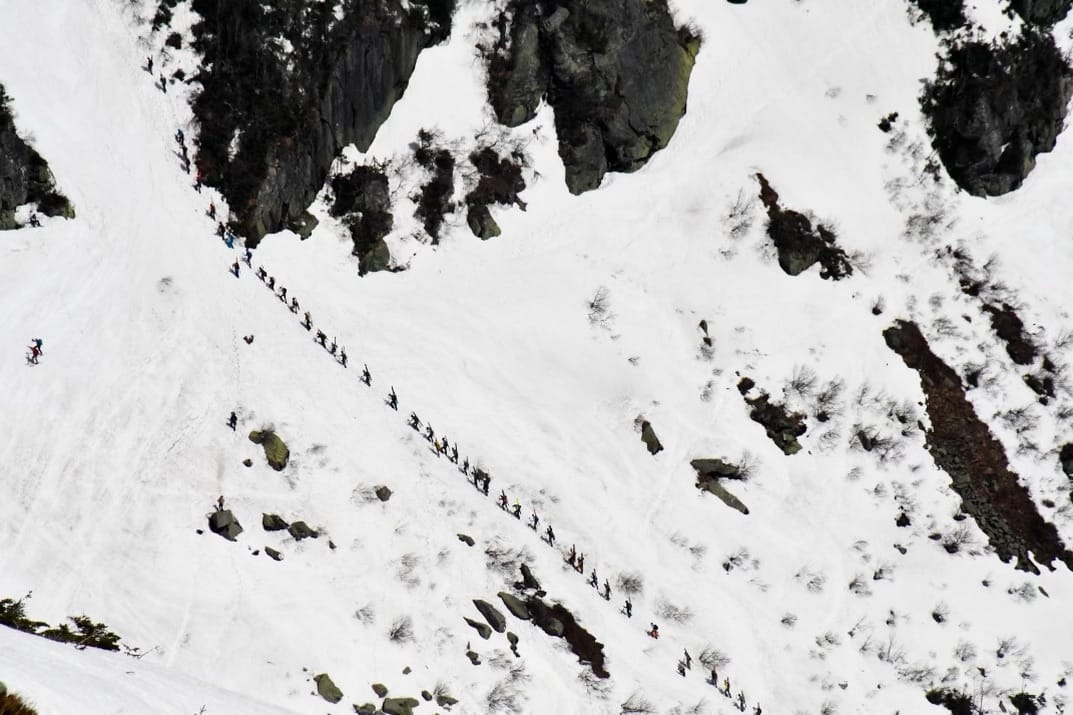
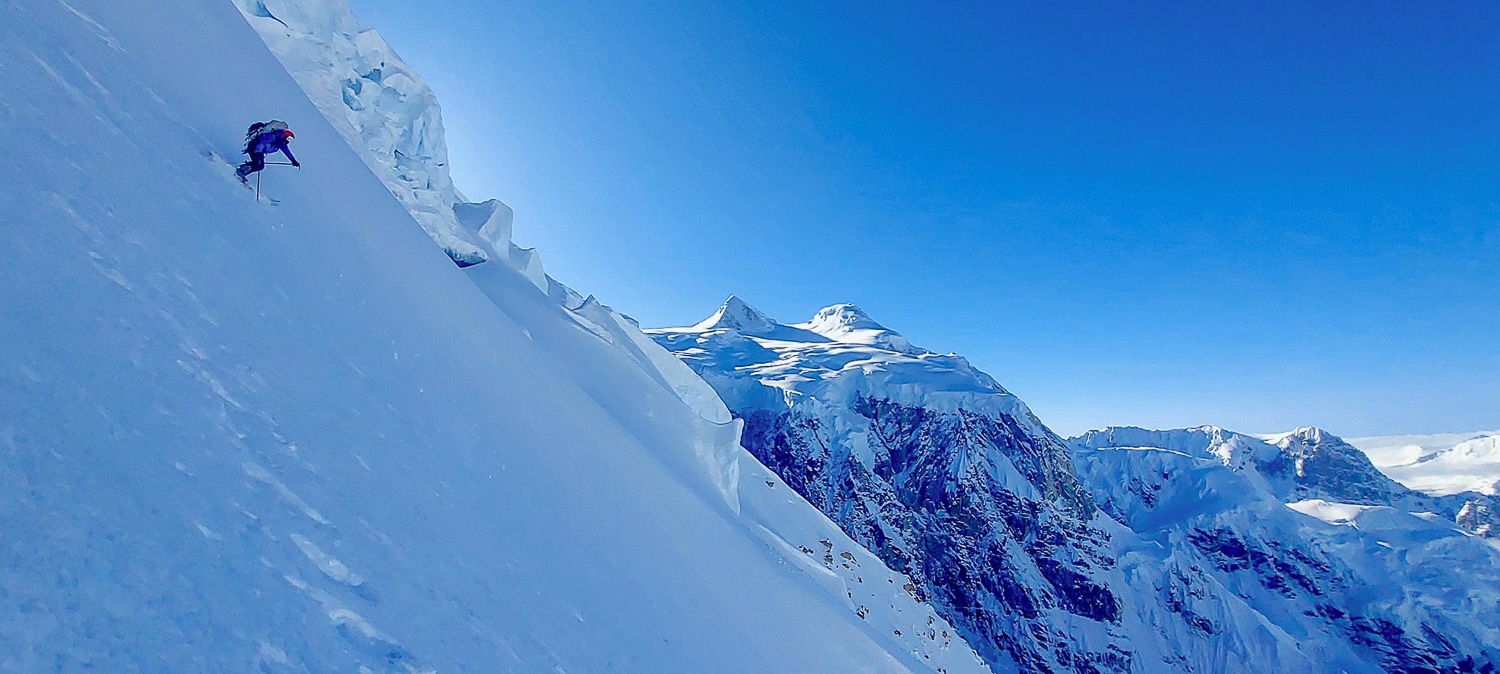
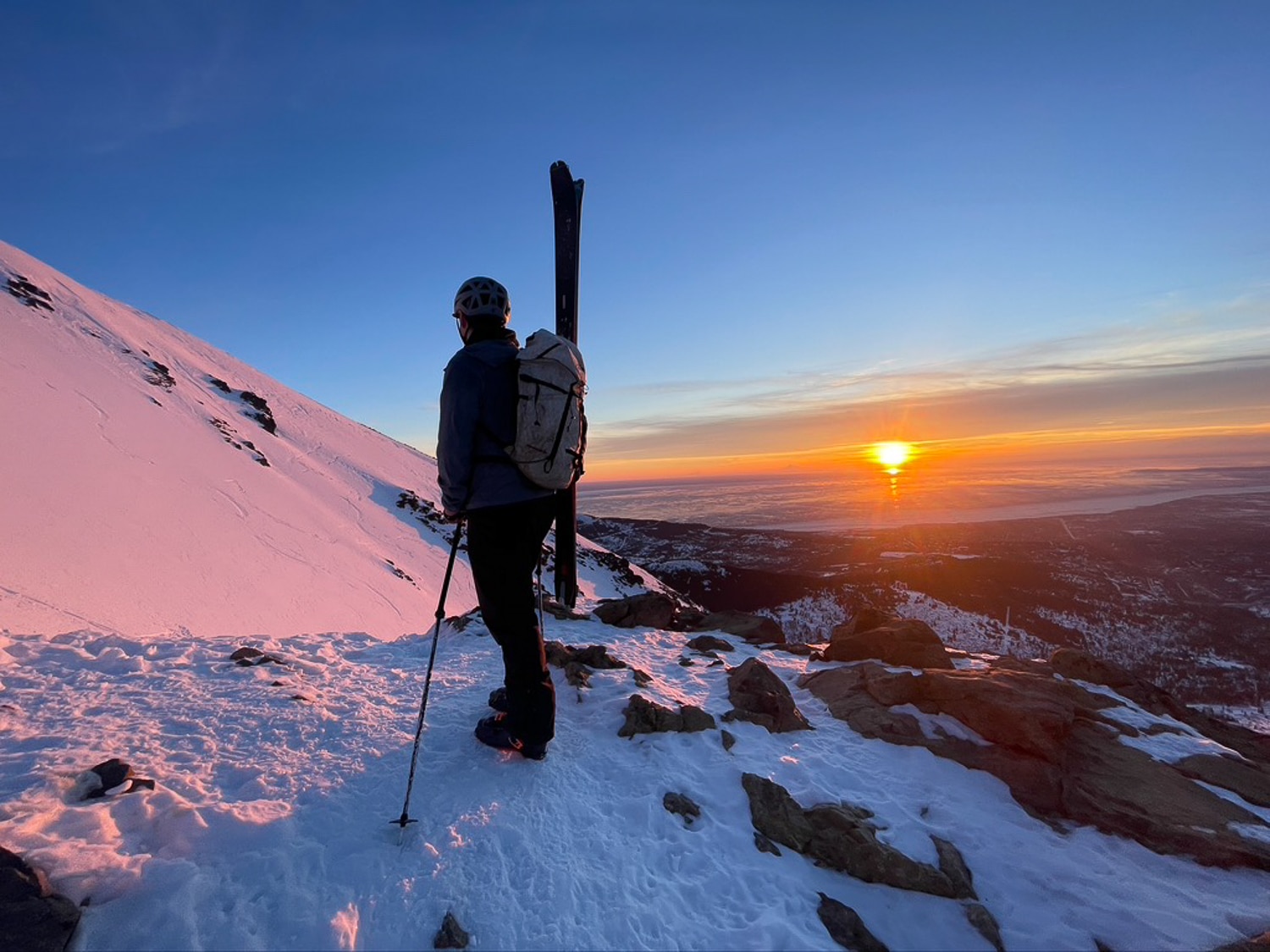
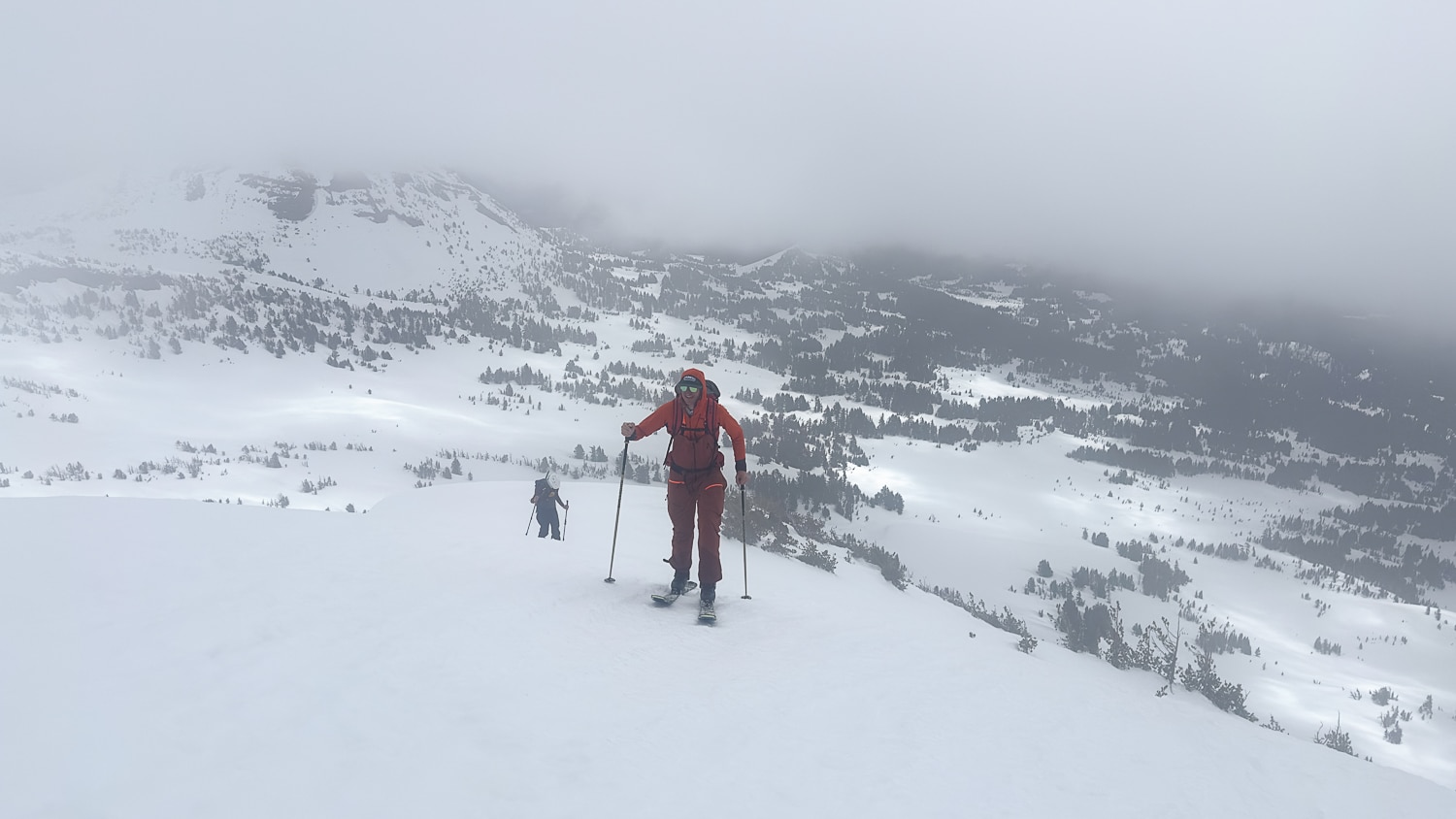
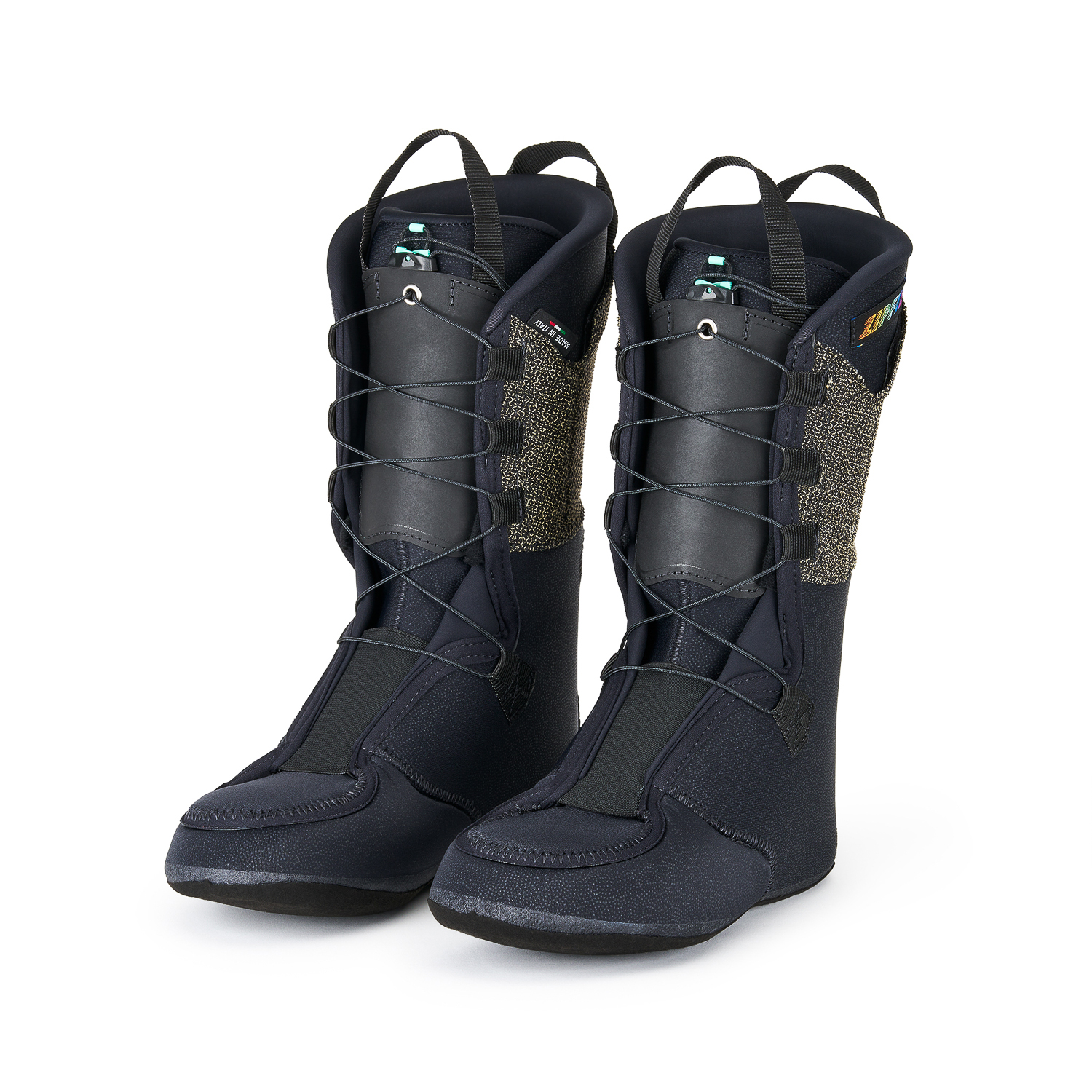
Leave a Reply
You must be logged in to post a comment.